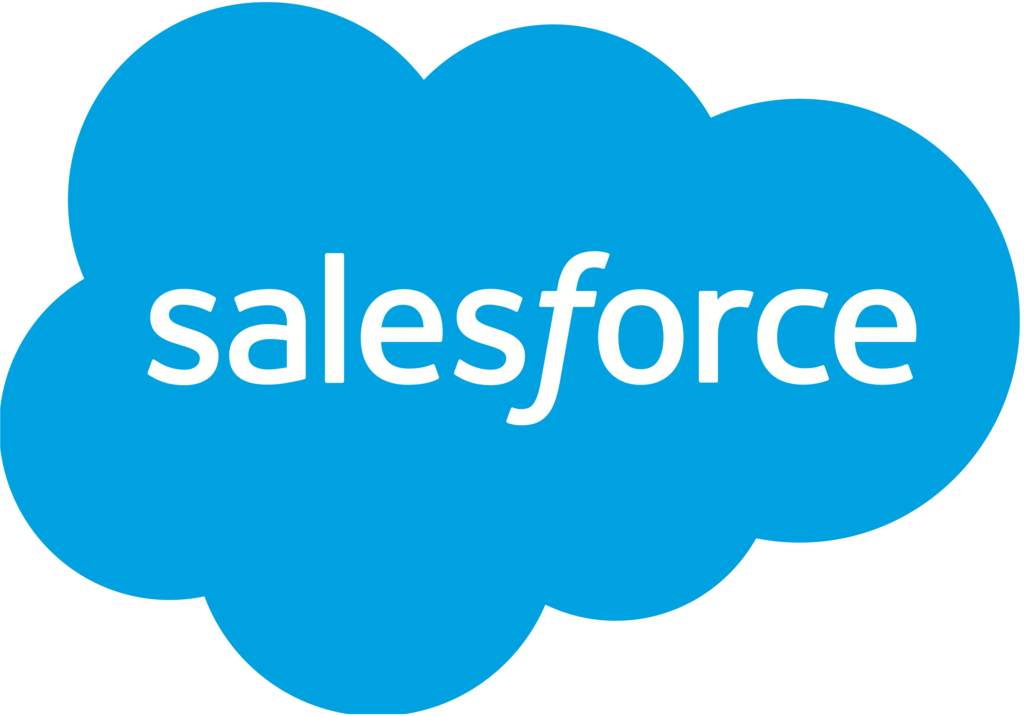Bad data often starts with harmless intentions.
It’s the result of a busy salesperson cutting a corner when updating a contact. Or leadership breezing through data standardization training because it costs how much money to train this person before they even start doing their actual job? Or it’s an over-burdened admin who’s got a plate full of projects that every stakeholder insists is a top priority, and validating data ends up being the tub of leftovers that gets tossed out three days (weeks?) later.
However it gets there, bad data is poison to your business. It can lead to eroded trust with your customers, poor decision making based on inaccurate reporting, or a much more significant expense in implementing and maintaining your CRM. The comforting news is that if you’re struggling with keeping your data clean and up to date — you’re not alone. Data management is a struggle for pretty much every company on the planet, but there are some simple strategies you can implement to help improve data quality in Salesforce and start seeing the efficiencies and ROI you always hoped to get out of your CRM.
1. Develop Clear Data Standards
Whether you’re starting fresh with a brand new CRM implementation or beginning to walk through a major data-cleaning initiative, you need to establish the standards you’re going to hold your organization to. Developing a standard helps you establish a clear distinction between bad data and good data that everyone can understand and adhere to. You’ll be better equipped to identify bad data and what steps need to be taken to fix it. Establish what naming conventions to use, how you’ll input things such as addresses and states (Texas vs. TX vs. Tx vs. tx vs. Tex). Clear standards provide a north star in your data quality improvement efforts. They inform and guide your training processes and even allow you to automate some data improvement tasks.
Salesforce’s Trailhead has some great recommendations for some areas in which you can set clear data standards:
- Naming
- Formatting
- Workflow
- Quality
- Roles and Ownership
- Security and Permissions
- Monitoring
2. Train Effectively
Once you standardize your data management plan, it’s time to implement it. That means you have to teach it to other people. While it’s vital to document your standards, the worst possible training method is to dump a pile of policies and procedures on someone’s desk. Not only will people likely not read every word — they’re less likely to actually follow the instructions in those documents on a daily basis.
Provide interactive live instruction to your end users — have them actually walk through inputting data. Create space for them to fail. Then you can correct them and have them fix their own mistakes so they can see the processes in action and the value they bring to their role and the company as a whole.
3. Use Automation Whenever Possible
Many automation tools exist that make it easy to correct mistakes, deduplicate contact records, and keep naming and formatting consistent across your CRM. The standards you’ve created will help you get the most out of automation and make your life and the lives of your users abundantly easier.
4. Monitor and Validate Regularly
Monitoring data is tedious work, but the payoff is worth it. As you create a data management plan, regularly monitoring and validating data should be one of your top priorities. No matter how good your standards are, how effective your training program is, or how many automation tools exist, you’ll experience problems with data. Customers move companies or change roles, organizations merge and evolve — there’s simply no silver bullet method to keep up. If you want to improve your data quality in Salesforce and keep it clean and accurate, you need to monitor and validate regularly.
Investing in the time and resources to do this frequently will not only spare you the headache of a disastrous state of organizational data, but it’ll also help ensure you receive the ROI from Salesforce that you and any stakeholders expect. If you’d like to explore options to enhance your CRM, we’d like to help.
Please reach out to us here to learn how about how we can help



